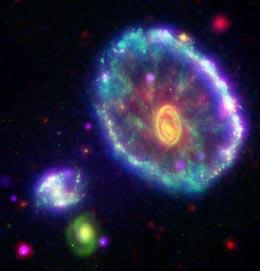 From Wired News:
From Wired News:Rupert Murdoch, the owner of News Corp. and The Wall Street Journal, says Google and Yahoo are giant copyright scofflaws that steal the news.
"The question is, should we be allowing Google to steal all our copyright ... not steal, but take," Murdoch says. "Not just them, but Yahoo."
But whether search-engine news aggregation is theft or a protected fair use under copyright law is unclear, even as Google and Yahoo profit tremendously from linking to news. So maybe Murdoch is right.
Murdoch made his comments late Thursday during an address at the Cable Show, an industry event held in Washington. He seemingly was blaming the web, and search engines, for the news media's ills.
Read more ....


















